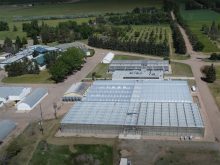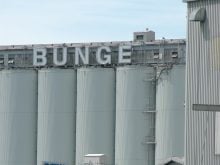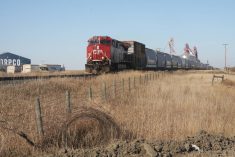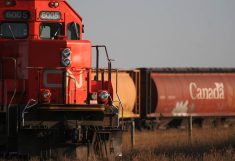Governments are the number one enemy of Canadians opposed to big hog
barns, Bill Weida of The Colorado College told a national conference on
intensive livestock operations in Saskatoon.
“When you look at the subsidy structure in Canada for hogs, you’re not
fighting hog owners, you’re fighting the government because the
government really owns the hogs,” said Weida, an economics professor.
He said ILOs require few workers, and they, along with local residents
who oppose the barns, are viewed as nuisances, lobbying for better
Read Also
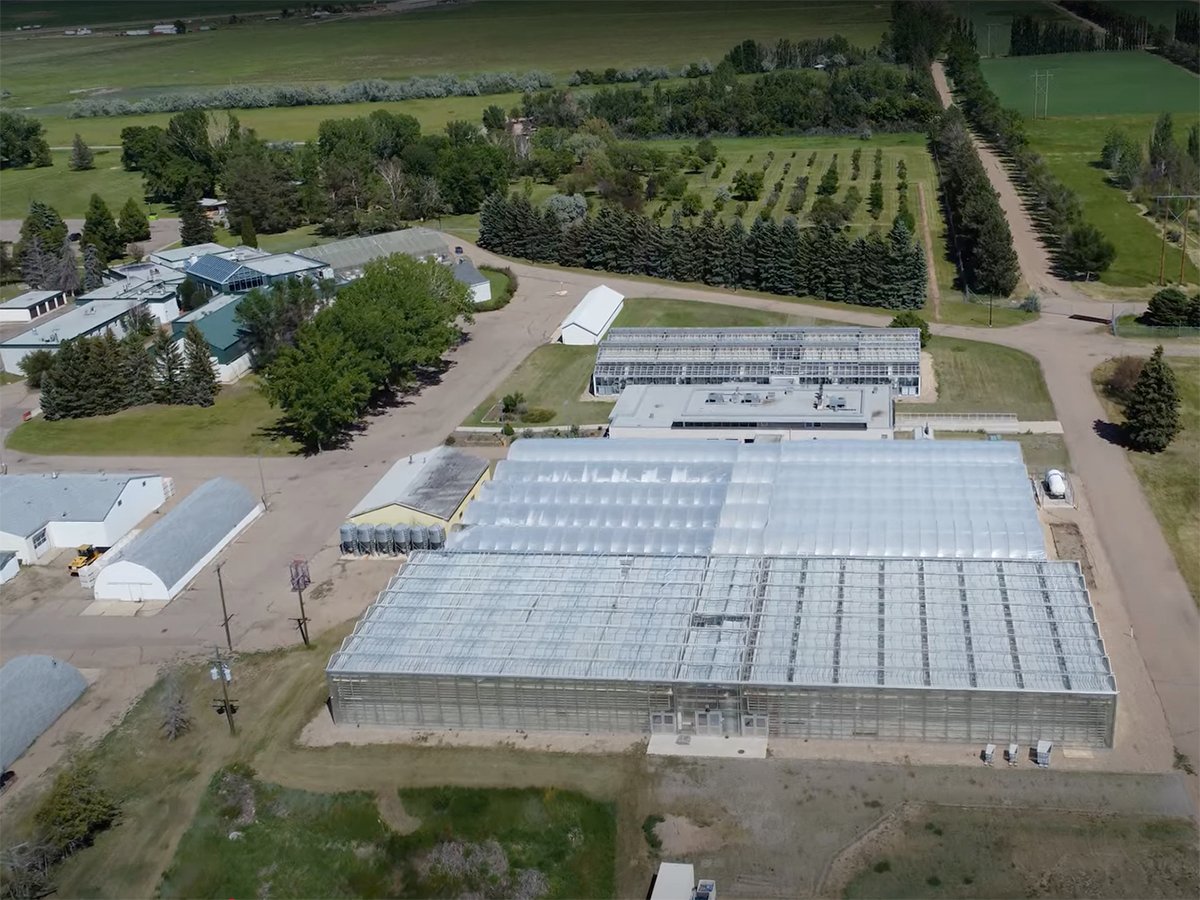
Alberta crop diversification centres receive funding
$5.2 million of provincial funding pumped into crop diversity research centres
working conditions or complaining about air quality.
He questioned how ILOs aid the rural communities where they are housed.
More industrial than agricultural, ILOs maintain their own economic
livelihood at the cost of the community around them, with hardships
greatest for those closest to the barns, he said at the Nov. 9 meeting.
Weida argued they reduce the quality of life for nearby residents and
deter other businesses from starting up in the area.
“Economic development in a region will not occur when profits for one
sector of the region will be achieved by creating losses for another
sector.”
Weida said ILOs keep costs down by “the shoddy handling of waste” in
open air lagoons.
During the conference, delegates heard that improvements such as covers
on lagoons would increase hog producers’ costs and make them less
competitive.
They also heard complaints of difficulties in accessing public research
dollars to study ILO alternatives because governments have invested
heavily in large-scale operations.
Weida said money would be better spent on agricultural college
extension services serving rural areas, improved technologies to
overcome rural “remoteness” and encouraging people to relocate to rural
communities.
He challenged rural governments to create environments that draw people
to rural areas.
“When under economic stress, you cannot afford to incur long-term costs
through short-term thinking,” he said, citing potential environmental
hazards from ILOs that could take years to clean up.
Fred Tait, president of Hog Watch Manitoba, called large hog barns a
symbol of the corporate takeover of agriculture.
“The best way to deal with them is not to have them at all,” he said.
He encouraged people to take a stand and have a say in creating the
rural economies that serve them.
Elizabeth May of the Sierra Club of Canada called for the creation of a
national coalition opposing hog ILOs and the further “industrialization
of agriculture.
“It’s not about more jobs on farms, more farms or more agricultural
production, it’s about less of all of that in the hands of fewer people
making more money,” she said.
She said Canadian farms producing pigs have dropped to 12,000 in 2001
from 63,000 in 1976.
Less than 10 percent of those represent half the production in hogs,
each with 3,000 or more pigs.


